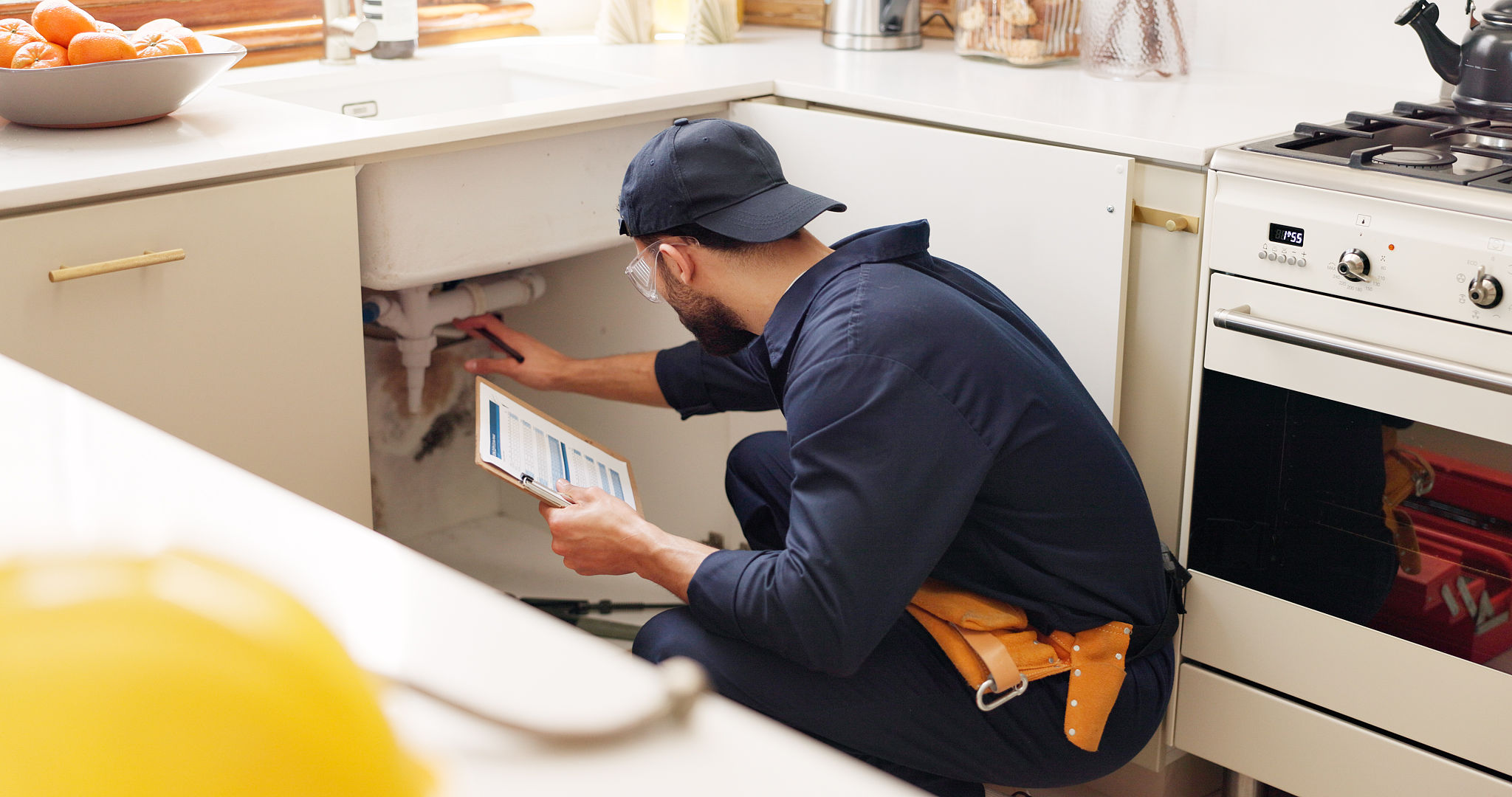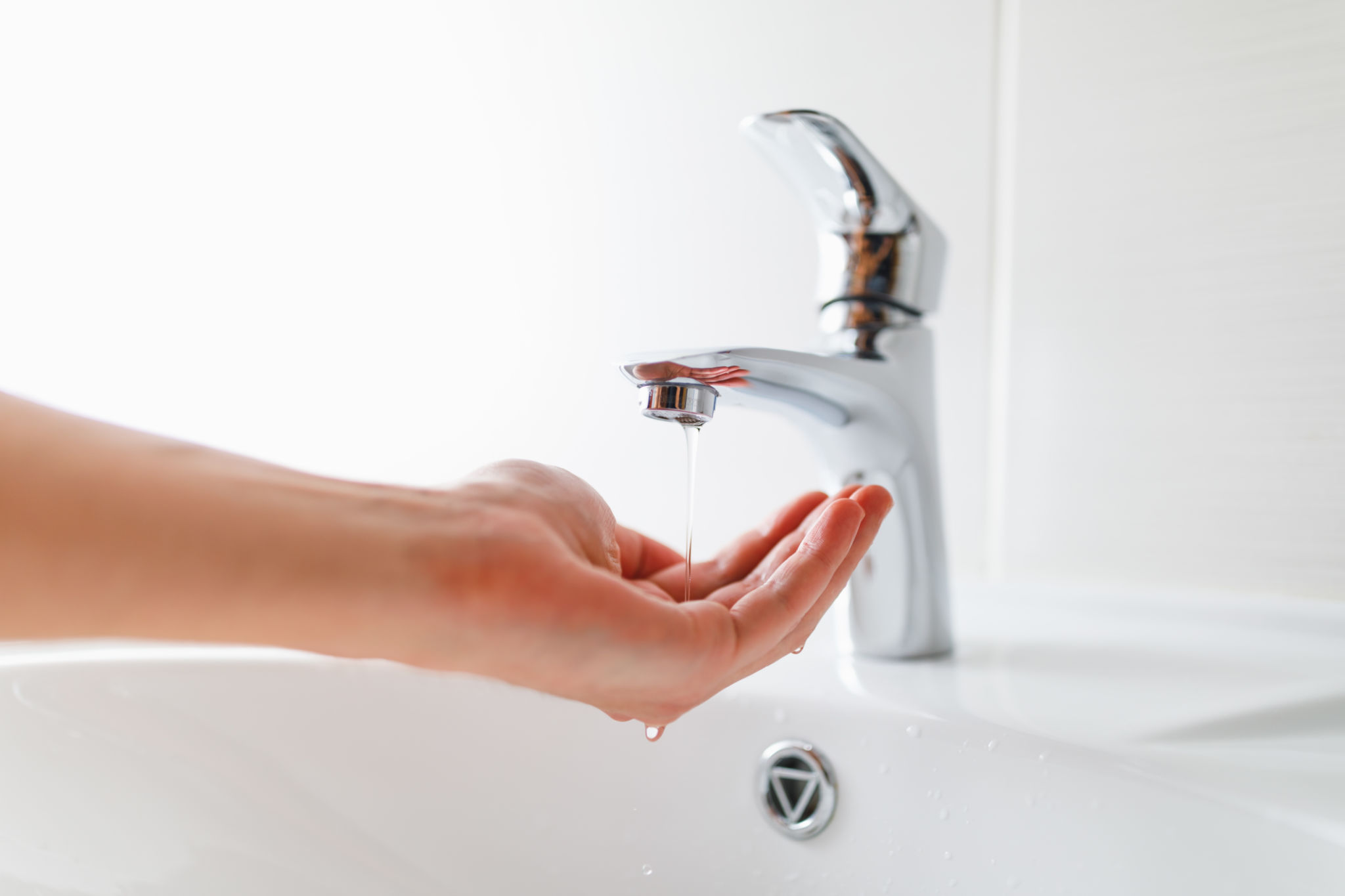DIY Plumbing Tips: Quick Fixes for Common Problems
Understanding Your Plumbing System
Before diving into any DIY plumbing fixes, it's essential to have a basic understanding of your home's plumbing system. Knowing how water flows through your pipes and how to shut off the water supply can save you from potential disasters. Most homes have a main water shut-off valve, typically located near the water meter. Familiarize yourself with this valve, as it will be your first line of defense in preventing water damage during a plumbing emergency.

Leaky Faucets
One of the most common plumbing issues is a leaky faucet. Not only can the constant dripping be annoying, but it can also lead to increased water bills. In most cases, a leaky faucet is due to worn-out washers. Start by turning off the water supply to the faucet, then dismantle the handle to access the washer. Replace the old washer with a new one, reassemble the faucet, and turn the water back on. This simple fix can save you money and reduce water waste.
Clogged Drains
Clogged drains are another frequent problem that can usually be resolved without calling a plumber. For minor clogs, a plunger might do the trick. Apply the plunger over the drain, ensuring a good seal, and pump vigorously. If that doesn't work, try a mixture of baking soda and vinegar. Pour half a cup of baking soda down the drain, followed by half a cup of vinegar. Let it sit for about 30 minutes, then flush with hot water.

Running Toilets
A running toilet can waste a significant amount of water each day. The most common cause is a faulty flapper valve, which controls the water flow from the tank to the bowl. To fix this, start by shutting off the toilet's water supply. Remove the tank lid and inspect the flapper. If it's worn or damaged, replace it with a new one. Adjusting the chain length connected to the flapper can also help ensure it seals properly.
Low Water Pressure
Experiencing low water pressure can be frustrating, but it's often an easy fix. Mineral buildup in your faucet aerators is a common cause. Remove the aerator from your faucet and soak it in vinegar overnight to dissolve any deposits. Rinse it thoroughly before reattaching it to your faucet. If the issue persists throughout your home, you may need to check your main water valve or consult with a professional.

Preventative Maintenance Tips
While quick fixes are helpful, preventative maintenance can keep plumbing problems at bay. Regularly inspect your pipes for leaks or corrosion and address any issues promptly. Avoid pouring grease or coffee grounds down your drains, as these can lead to clogs. Installing drain screens in your sinks and showers can also prevent hair and debris from entering your pipes.
When to Call a Professional
While these DIY plumbing tips can help you tackle minor problems, some situations require professional expertise. If you're dealing with major leaks, sewer line issues, or persistent problems that don't respond to DIY methods, it's time to call a licensed plumber. Attempting complex repairs without proper knowledge can lead to more extensive damage and costly repairs.
By following these DIY plumbing tips and knowing when to seek professional help, you can maintain your home's plumbing system efficiently and effectively. Remember that regular maintenance is key to avoiding costly repairs in the future.
